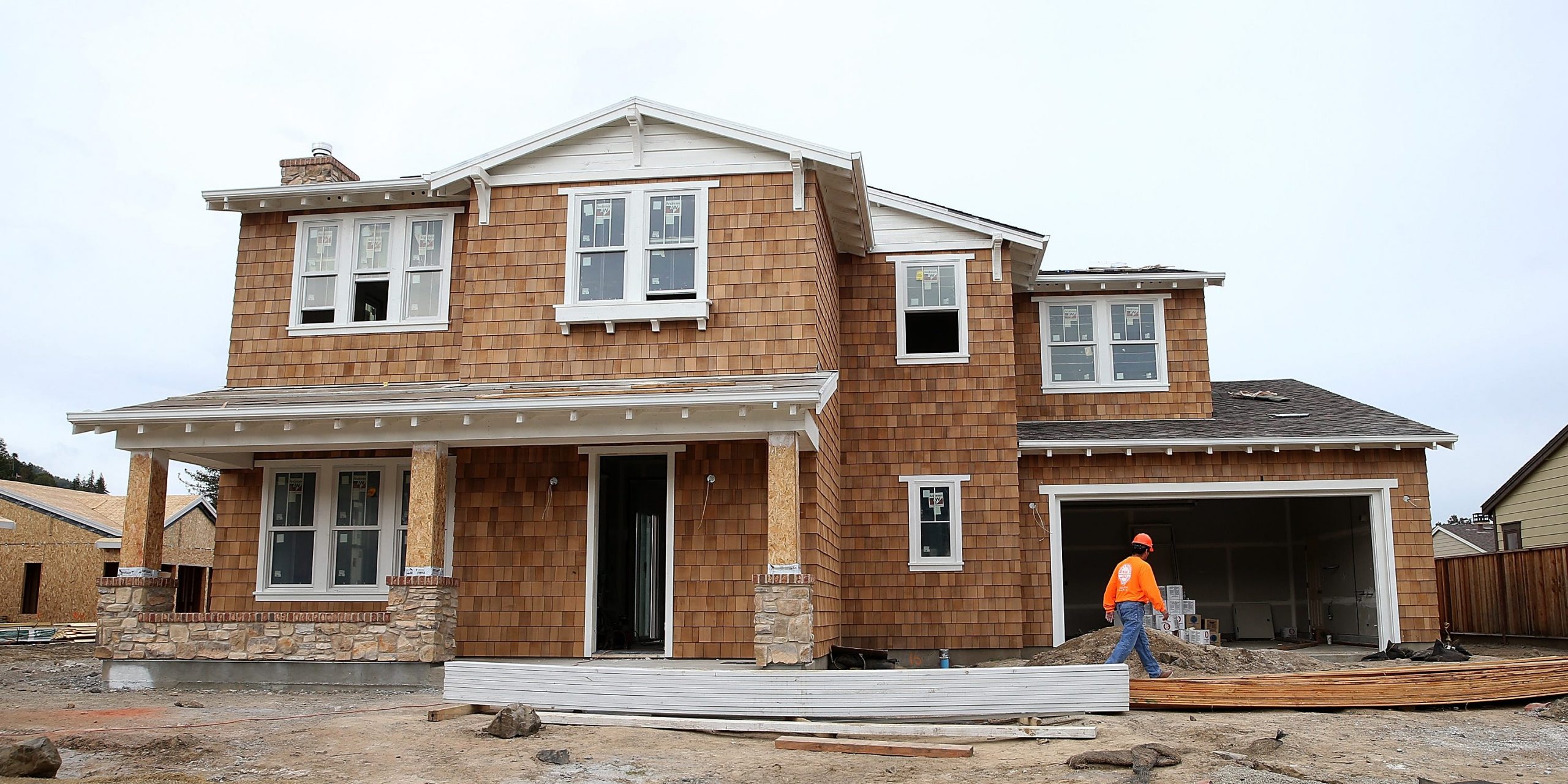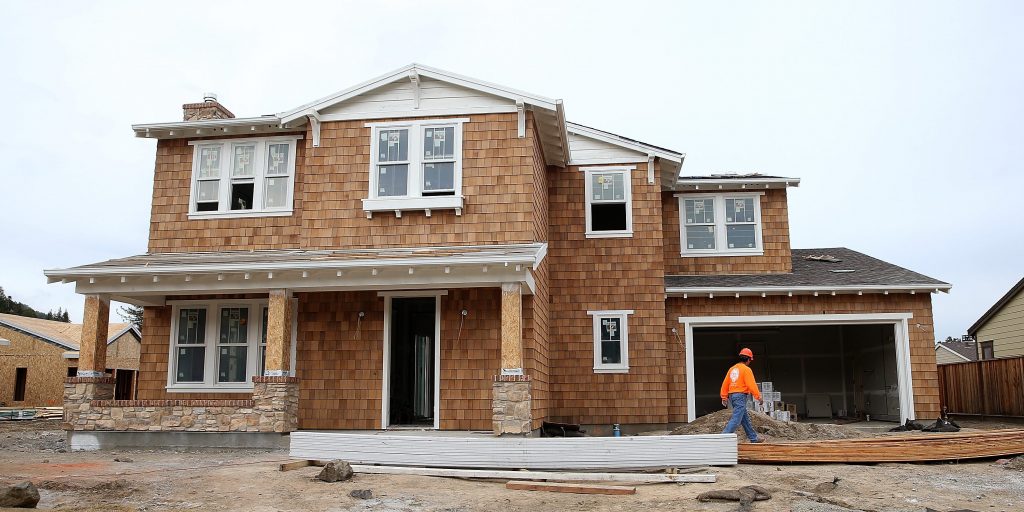
- Economists surveyed by the Urban Land Institute see home price growth elevated through 2023 albeit slowing.
- Housing starts will rise to their fastest rate since 2007 but still fail to meet demand, ULI said.
- Elevated lumber prices have curbed building and could spark a housing affordability crisis.
- See more stories on Insider's business page.
Prospective buyers waiting for the housing market to cool down shouldn't hold their breath.
Home-price inflation will slow from last year's peak of 11.4% but remain elevated as the market boom charges forward, according to economists surveyed by the Urban Land Institute in May. The estimates for average price growth in 2021 and 2022 were revised higher to 8.1% and 5%, respectively, and price growth is forecasted to reach 4% in 2023, landing just below the country's 20-year average but still outpacing broader inflation measures.
ULI, which calls itself the world's oldest and largest network of real estate and land experts, surveyed 42 economists and analysts across 39 real-estate organizations from April 23 to May 7.
Some of the inflation slowdown will be driven by a rebound in home supply, according to the survey. US home inventory tumbled to a record low in fall 2020 and has since retraced only a portion of the decline. And while housing starts surged in March, elevated lumber prices and lot shortages dragged on starts in April.
Economists see single-family starts climbing to an annualized rate of 1.1 million by the end of this year and reaching 1.2 million in 2022 and 2023, according to ULI. That compares to an average rate of 990,500 starts through 2020 and 1.1 million in April.
While housing starts already exceed the 20-year average of 942,000, inventory will fall short of the country's massive demand. Estimates of population growth, demographic change, and demolitions suggest about 1.3 million households will form annually for the next few years, Goldman Sachs analysts said in a May note.
Millennials are just reaching peak homebuying age and set to keep demand strong for the foreseeable future. Elevated lumber prices and lot shortages will continue to drag on construction even as starts accelerate. And while mortgage rates have risen from their pandemic-era floor, they still sit at historically low levels and should keep demand robust, the bank said.
"The resulting picture is one of a persistent supply-demand imbalance in the years ahead," Goldman economists led by Ronnie Walker added.
And even if construction is to trend at 1.1 million this year, a handful of obstacles need to be cleared. Lumber prices remain at historic highs even after falling for seven days straight. Bottlenecks that lifted lumber costs have since bled into construction. About 47% of builders added escalation clauses to contracts last month, allowing them to lift selling prices to offset higher costs. Nearly one-fifth of contractors said they're delaying building or sales entirely, possibly waiting for lower costs to improve profitability.
The construction industry will also need to convert vast amounts of land into buildable lots and, eventually, new units. The New Home Lot Supply Index fell to a record low in the first quarter, according to analytics firm Zonda. Separately, the number of approved homes that haven't yet been started climbed to the highest level since 1979 in April.
Unless housing starts rebound from the April slump, the nationwide supply shortage risks leaving an entire generation in the dust as builders struggle to keep up.

